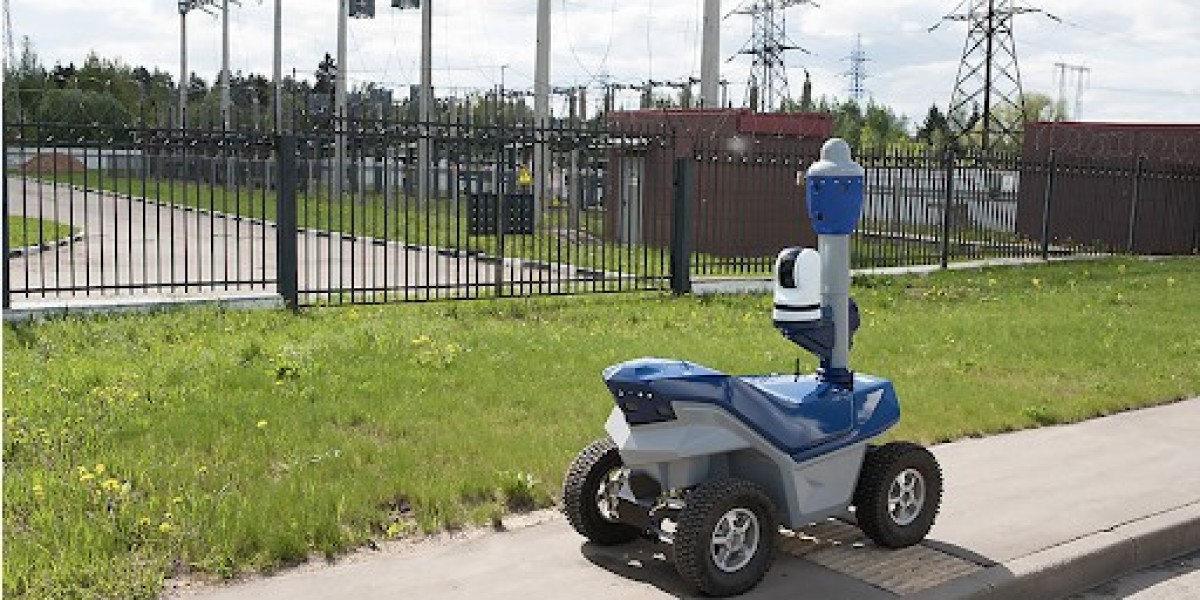In today’s world, ensuring safety in high-risk areas is a critical challenge. These zones, which often include construction sites, factories, warehouses, and even large events, present unique dangers due to hazardous materials, heavy machinery, and the potential for unauthorized access. Enter robotic security guards—a cutting-edge solution revolutionizing safety protocols in these environments. Combining advanced technology with unparalleled efficiency, these robotic systems quickly become a preferred choice for businesses seeking reliable security measures.
The Unique Challenges of High-Risk Areas
High-risk areas come with a range of complexities that require constant vigilance. Traditional human guards, while effective, face limitations in endurance, consistency, and exposure to hazardous conditions. For example:
Construction Sites: Open perimeters, heavy equipment, and the movement of workers create an environment prone to accidents and theft.
Factories: Handling volatile chemicals or operating in high-temperature zones poses severe risks to human health.
Warehouses: Vast spaces make it challenging to monitor every corner, leaving room for breaches or unnoticed incidents.
These challenges necessitate an innovative, robust, reliable solution—one that robotic security guards are uniquely equipped to provide.
The Role of Robotic Security Guards in High-Risk Areas
Robotic security guards bring many benefits that make them ideal for high-risk environments. Their combination of cutting-edge technology, tireless operations, and adaptability offers significant advantages over traditional security measures. Here’s how they excel:
1. 24/7 Surveillance Without Fatigue
Robotic security guards operate continuously, maintaining vigilance throughout the day and night without the need for breaks. Equipped with high-definition cameras, motion sensors, and infrared technology, these robots can monitor areas with precision, even in low-light conditions. Their ability to detect unauthorized access or suspicious activity in real time significantly reduces the risk of incidents going unnoticed.
2. Enhanced Safety in Hazardous Conditions
One of the greatest strengths of robotic security guards is their ability to work in environments that pose health risks to humans. For instance, in factories handling toxic chemicals, robots can patrol areas where human exposure would be dangerous. Additionally, their resilience to extreme temperatures and rough terrains makes them indispensable for monitoring outdoor construction sites or large industrial plants.
3. Immediate Threat Detection and Alerts
With the integration of artificial intelligence (AI), robotic security guards can analyze their surroundings and identify potential threats faster than a human could. Many models come equipped with facial recognition technology, enabling them to detect unauthorized personnel. Upon identifying a threat, they can instantly alert security teams, providing live feeds and precise location details to facilitate swift action.
4. Cost-Effective Security Solutions
While the initial investment in robotic security guards may seem significant, they often prove more cost-effective in the long run. Businesses can save on expenses related to staffing multiple security personnel for 24-hour shifts. Moreover, their ability to reduce theft, vandalism, and accidents directly contributes to lower operational losses.
5. Integrated Emergency Response
In high-risk areas, emergencies such as fires, gas leaks, or equipment malfunctions require immediate action. Robotic security guards with environmental sensors can detect such incidents early and trigger alarms. Some advanced models even guide evacuation routes, ensuring worker safety during critical situations.
Real-World Applications of Robotic Security Guards
Security companies in Sacramento and other forward-thinking regions already leverage robotic security guards to enhance safety in high-risk areas. For example:
Construction Sites: These robots patrol perimeters to deter trespassers and can alert site managers about potential hazards, such as unstable scaffolding.
Warehouses: Robots help prevent inventory theft by conducting continuous surveillance and logging activity across vast storage facilities.
Factories: With heat and gas sensors, they monitor conditions in real-time, reducing the risk of accidents caused by equipment failure or hazardous materials.
Such applications demonstrate their versatility and value, making robotic security guards essential to modern safety strategies.
Conclusion
Whether a bustling factory or a sprawling construction site, these robots provide efficiency and reliability that traditional methods cannot match. With their proven success in regions like Sacramento, it’s clear that robotic security guards are paving the way for a safer, smarter future in security.










